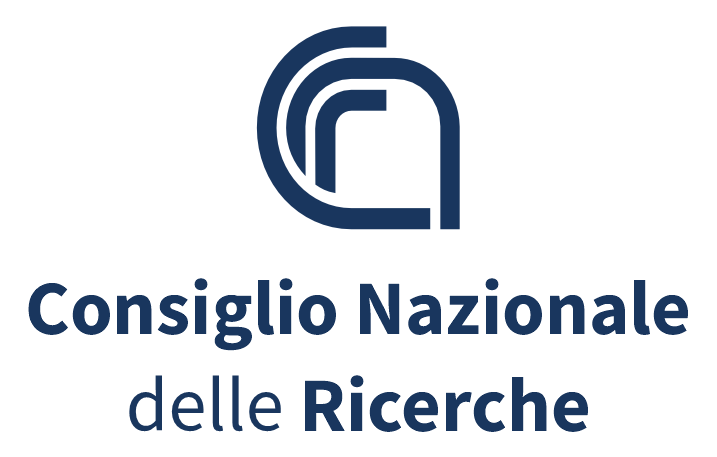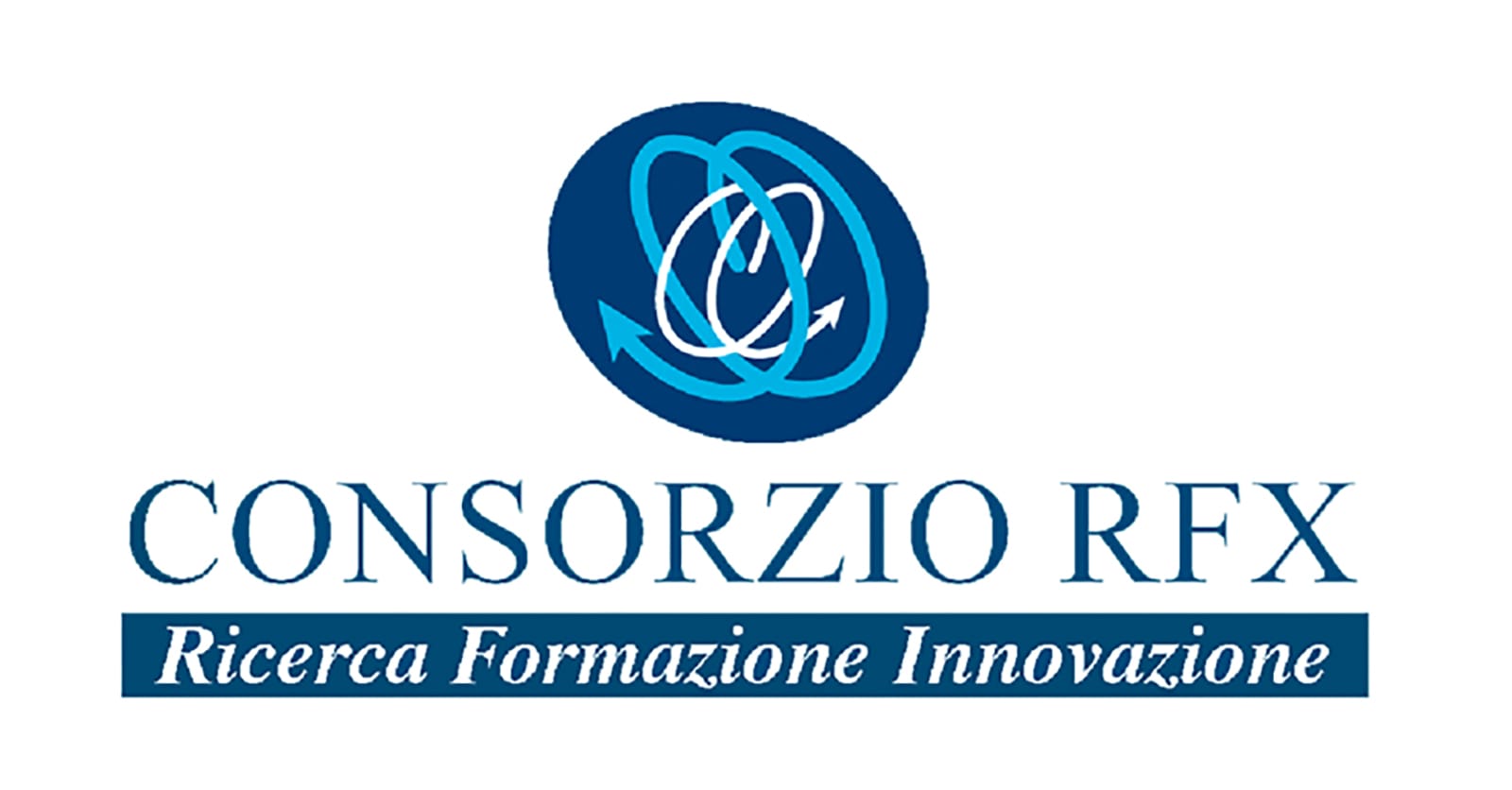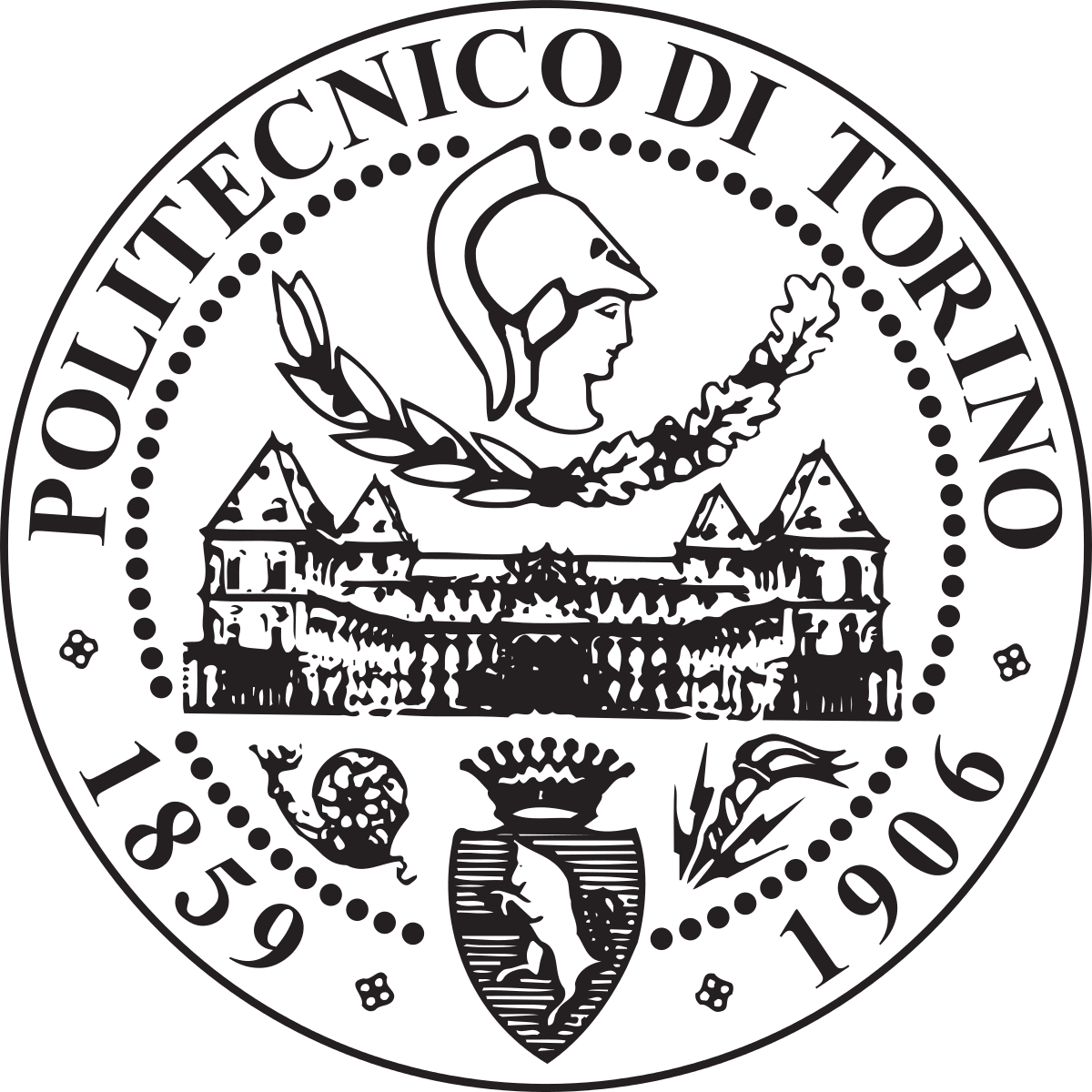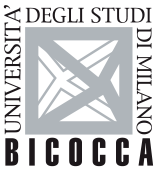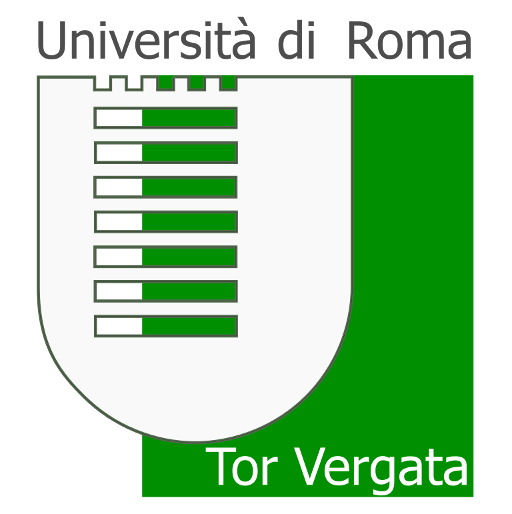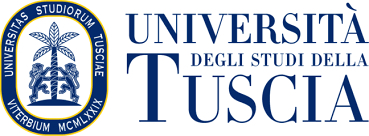DESCRIPTION OF DTT FOR THE PRESS: EXTENDED FORM
This is an extended form of the DTT presentation. Journalists can find a compact form in the previous section and further information on the site.
DTT images are available in the "Gallery" section.
For further needs you can contact:
THE DIVERTOR TOKAMAT TEST FACILITY: STRATEGIC INFRASTRUCTURE
The construction of the Divertor Tokamak Test Facility (DTT), a strategic infrastructure in the roadmap to the exploitation of fusion as source of energy (1), compatible with environment respect, is in progress. The project involves and some high standard industries and the Italian national scientific community.
It is one of the largest and ambitious European science and technology project, supported by national and private funding of more than 600 million euro; it will involve some hundreds of highly qualified personnel, for more than 30 years, both directly and in the supply chain. DTT is constructed in Italy in the ENEA Research Centre of Frascati and supported by EUROfusion, the European consortium for scientific fusion research activities.
The main source of financing comes from ENEA, also through a loan from the European Union; important support also comes from some Italian Ministers, from the European fund "National Recovery and Resilience Plan" and from local bodies such as the Lazio Region.
DTT is developed in collaboration between ENEA, Consortium CREATE, ENI, INFN, Consortium RFX, Politecnico di Torino, University of Tuscia, University of Milano-Bicocca, Università di Roma Tor-Vergata, CETMA and some of the most prestigious leading universities and national research institutions. Its strategic positioning was established as a connecting link between the major international nuclear fusion projects ITER (2) and DEMO (the Tokamak expected to experience the introduction of energy into the electricity grid around the middle of the current century).
The DTT challenge aim is to provide scientific and technological answers to crucial issues such as the management of great power flows produced by plasma by alpha particles and to perform the resulting studies about materials to be used as a receive the power and capable of withstanding the consequent very high temperatures.
DTT is expected to have a significant impact on the whole international scientific community and also on Italian and European industry too.
In fact, fusion research has brought quite considerable results in scientific and economic terms, with important positive repercussions on Italian companies. ITER, for instance, involves over 500 italian companies, including Ansaldo nucleare, ASG Superconductors, (Malacalza Group), SIMIC, Mangiarotti, Walter Tosto, Delta TI, OCEM Energy Technology, Angelantoni Test Technologies, Zanon, CECOM and the ICAS Consortium (including ENEA, Criotec and Tratos); the Italian Industries have been assigned tenders corresponding to almost a billion euro, about 60% of the value of the European orders for high-tech components and the prespecyive for the near future is generating new contracts for other hundreds of million euro.
The underlying technology of DTT will be similar to that used for ITER with the additional advantage of being able to accept and carry a large package of testing opportunities. The D-shaped DTT will be a hyper-technological cylinder, ten meter high with a 5 meter radius; inside the vessel about 30 m3 of plasma (a fully ionized gas) are brought to a temperature of over 100 million degrees with a current intensity of about
6 million amperes (in the order to the current of some million lamps) and a thermal load on materials up to a dozen million watts per square meter (over double the power of a rocket taking off).
Extreme temperatures are expected in the DTT with huge jumps within distances of a few centimeters. In fact, the “heated” plasma will operate at a temperature of over 100 million degrees (more than the sun temperature), while the 26 km of niobium-tin and the 16 niobium-titanium superconductors cables, just a few centimeters away, will operate at a temperature of 269° below zero, just few degrees above absolute zero.
The target of the power source is the “divertor”, key component of the tokamak, constituted by Tungsten (the most promising plasma-facing material) or innovative liquid metals. The divertor can be removable and replaced thanks to advanced remote handling systems.
A sophisticate diagnostic system, made of tens of different diagnostics and many hundreds of probes, is designed to continuously monitor both the plasma and the entire machine, to ensure the best performance in all conditions.
A complex control system is designed to guarantee an effective plasma confinement associated with each scenario of the test configuration.
An additional Heating Systems, based on electron and ion cyclotron coupling and on neutral beam injection, is designed to provide an additional power (45 MW) in the order of the consumption of 20 thousand families.
A new power line will supply the Frascati site to meet the power requirements of the DTT. The project, approved by the Ministry of Environment and Energy Security approved the project; the cost of the construction is insured by the Lazio Region
The DTT project is part of Italy's long and prestigious history of theoretical and experimental research in the field of fusion energy. In fact Italy is leader in fusion research; it is among the main partners of the European Agiencies EUROfusion and Fusion for Energy (F4E) Organisation and is part of the major international research programmes as DEMO, Broader Approach and ITER.
NOTES:
1) Nuclear fusion is the exact opposite of nuclear fission, and it has the objective of producing safe, clean, inexhaustible and cheap energy capable of replacing fossil fuels, simulating the physics process that powers the stars.
2) ITER is a global project worth 20 billion euro, run by seven member countries (China, Japan, India, South Korea, Russia, USA and EU, conceived to demonstrate the feasibility of fusion energy in Cadarache, France. ITER is an experimental reactor which is 30 meters tall and weights 23.000 tonnes, expected to achieve power generation. It’s one of the biggest and most complex engineering project at global level, based strongly on collaborations and synergies between research and industry in technologically advanced areas.
For more information:
-
- Nov 2017: Fusion Engineering and Design publishes a special issue on DTT (Special Section of FED Vol 122, 2017, pp 253-294 and E1-E25
- April 2019 ENEA publishes “DTT - Divertor Tokamak Test facility – Interim Design Report” (“Green Book”)
- R. Ambrosino, et al. (2021) “DTT - Divertor Tokamak Test facility: A testbed for DEMO”. In: Fusion Engineering and Design 167. DOI: https://doi.org/10.1016/j.fusengdes.2021.112330







